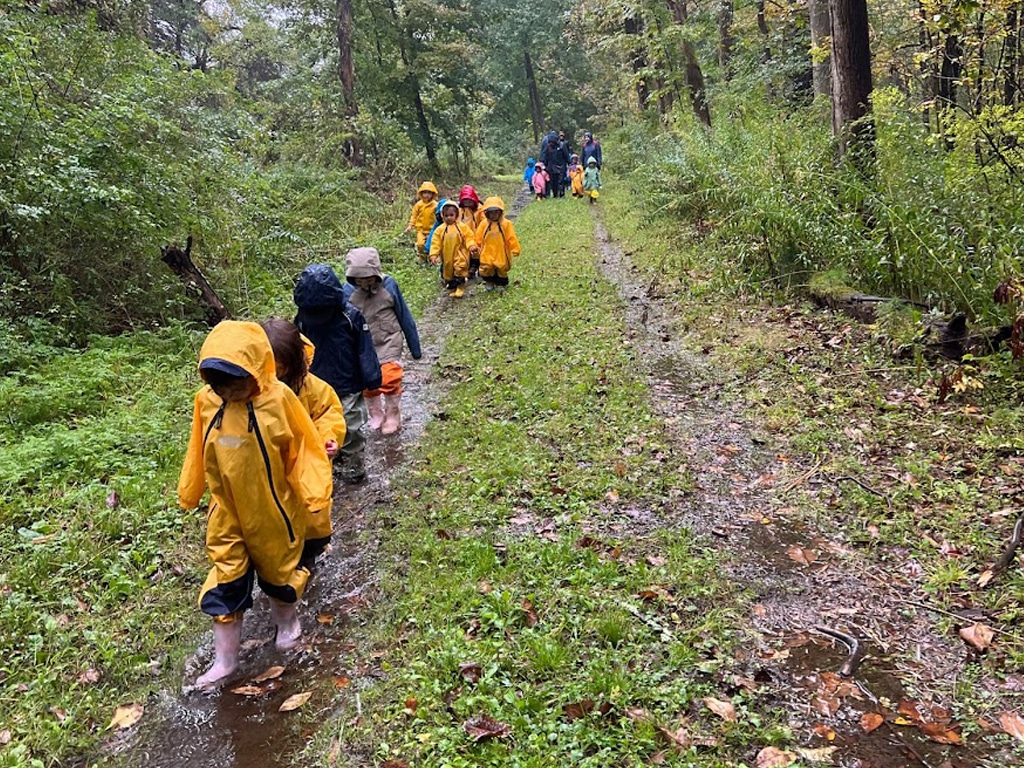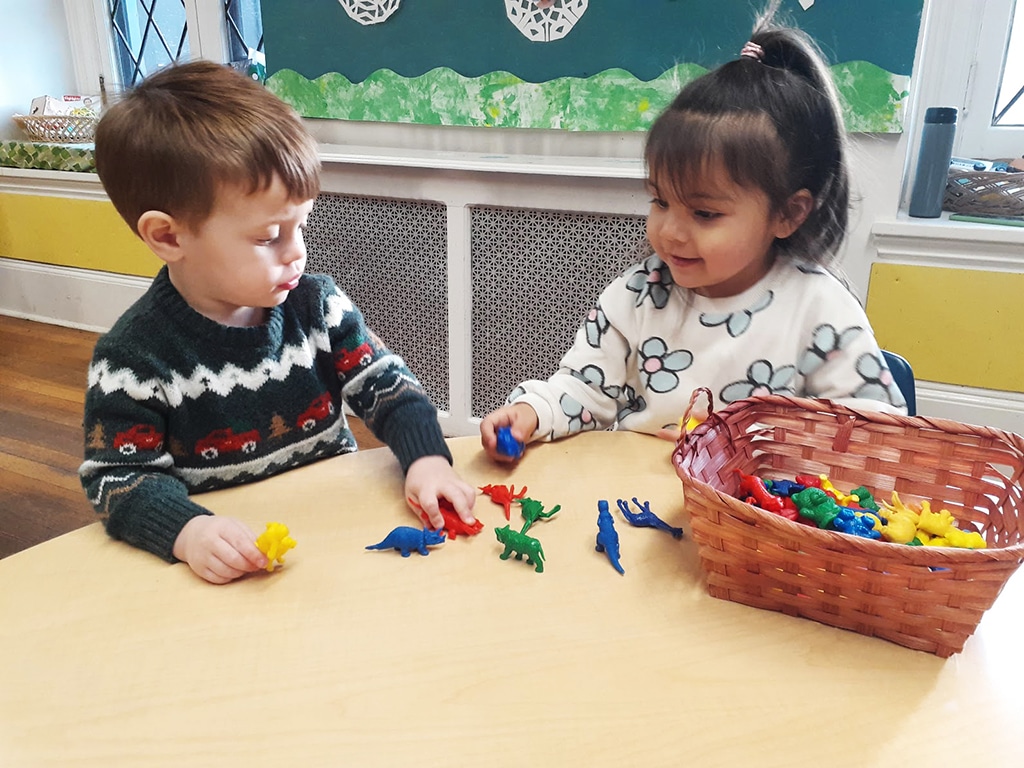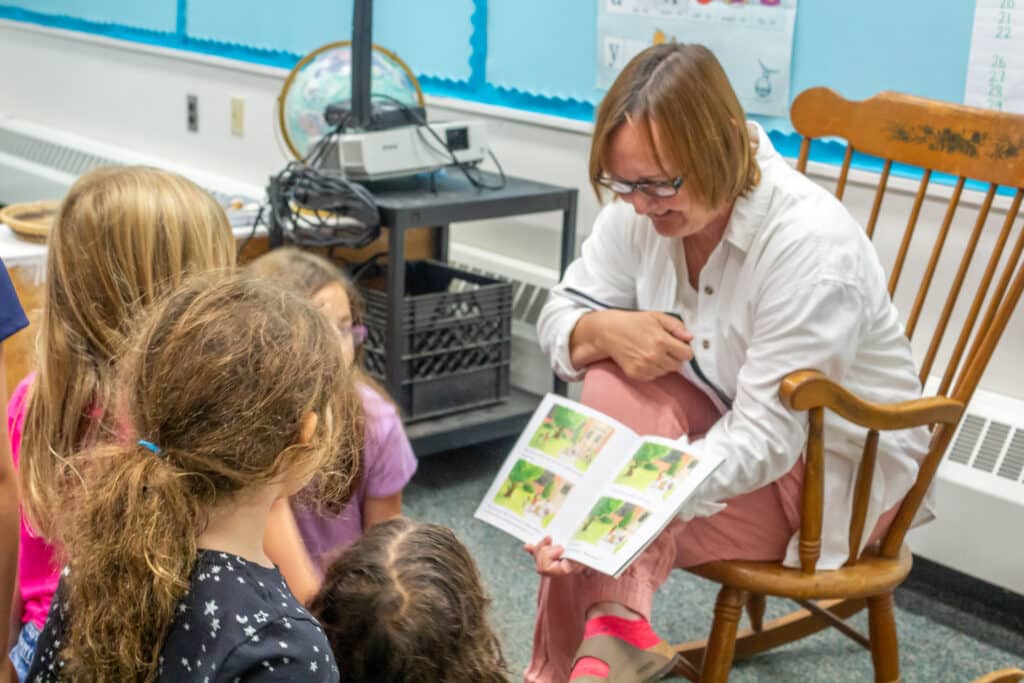Lower School
Where children love learning
BCD’s young learners in Pre-K through Third Grade have a natural enthusiasm for learning, a deep curiosity in the world around them, and are excited to be part of our close-knit learning community.
At BCD, we prioritize teaching our students to develop their individual strengths with a curriculum that helps build a strong foundation for a lifetime of learning, discovery, and joy. Students delve into our academic subjects, and explore offerings in the Imagination Lab, music, art, physical education, Outdoor Learning, and initiate the study of a global language.
Students also participate in a social emotional learning program (SEL) curated to the developmental level of each specific grade. Our students spend time outdoors every day participating in sports activities as well as in our Outdoor Learning program, eating their lunch, or enjoying a moment of quiet reflection on our beautiful campus.





